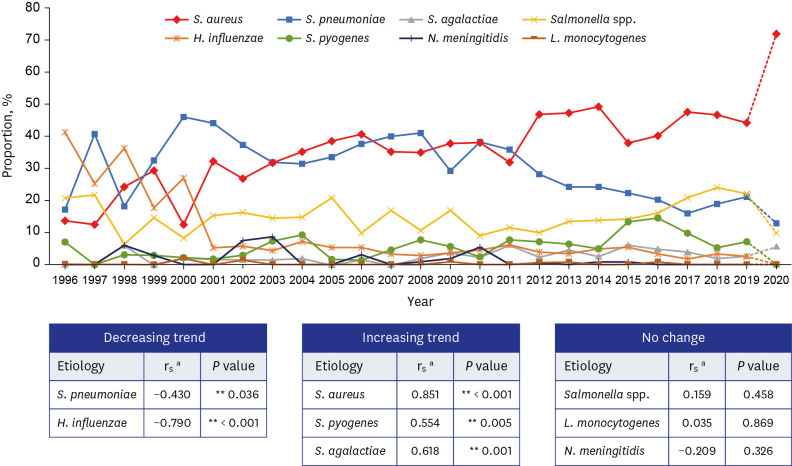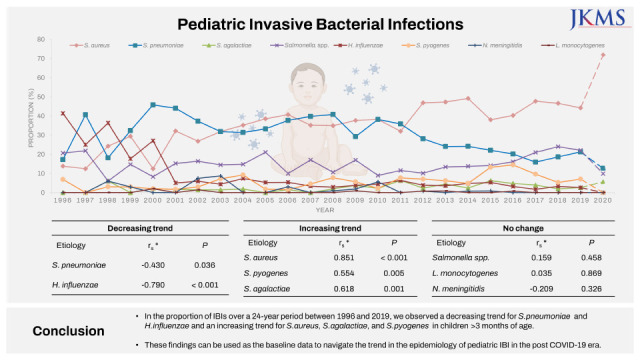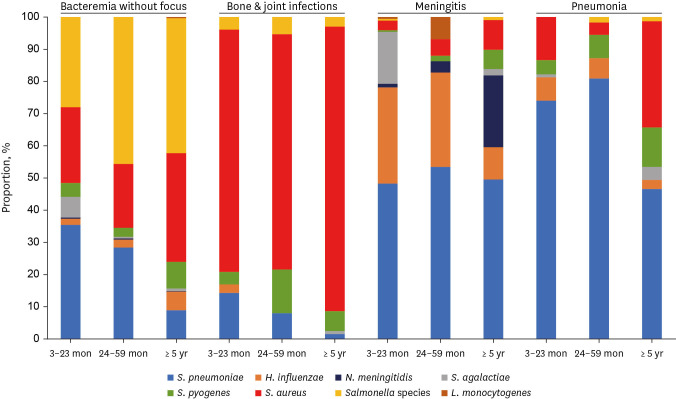1Department of Pediatrics, Seoul National University Hospital, Seoul, Korea.
2Department of Pediatrics, Seoul National University Bundang Hospital, Seongnam, Korea.
3Department of Pediatrics, Seoul National University College of Medicine, Seoul, Korea.
4Department of Pediatrics, Chonnam National University Medical School, Gwangju, Korea.
5Department of Pediatrics, Severance Children’s Hospital, Yonsei University College of Medicine, Seoul, Korea.
6Department of Pediatrics, Pusan National University College of Medicine, Yangsan, Korea.
7Department of Pediatrics, CHA Bundang Medical Center, CHA University, Seongnam, Korea.
8Department of Pediatrics, Gil Medical Center, Gachon University College of Medicine, Incheon, Korea.
9Department of Pediatrics, University of Ulsan College of Medicine, Asan Medical Center, Seoul, Korea.
10Department of Pediatrics, Samsung Medical Center, Sungkyunkwan University School of Medicine, Seoul, Korea.
11Department of Pediatrics, Jeonbuk National University Medical School, Jeonju, Korea.
12Department of Pediatrics, College of Medicine, The Catholic University of Korea, Seoul, Korea.
13Department of Pediatrics, Chungbuk National University Hospital, Chungbuk National University College of Medicine, Cheongju, Korea.
14Department of Pediatrics, Keimyung University School of Medicine, Daegu, Korea.
15Department of Pediatrics, Inha University College of Medicine, Incheon, Korea.
16Department of Pediatrics, Yonsei University Wonju College of Medicine, Wonju, Korea.
17Department of Pediatrics, Jeju National University School of Medicine, Jeju, Korea.
18Department of Pediatrics, Eulji University School of Medicine, Nowon Eulji University Hospital, Seoul, Korea.
19Department of Pediatrics, Inje University Ilsan Paik Hospital, Goyang, Korea.
20Department of Pediatrics, Chungnam National University Hospital, Daejeon, Korea.
21Department of Pediatrics, Korea University College of Medicine, Seoul, Korea.
22Department of Pediatrics, Kosin University Gospel Hospital, Busan, Korea.
23Department of Pediatrics, College of Medicine, Ewha Womans University, Seoul, Korea.
24Department of Pediatrics, Fatima Hospital, Changwon, Korea.
25Department of Pediatrics, Ajou University Hospital, Ajou University School of Medicine, Suwon, Korea.
26Department of Pediatrics, Dankook University College of Medicine, Cheonan, Korea.
27Department of Pediatrics, Hallym University Sacred Heart Hospital, Anyang, Korea.







 PDF
PDF Citation
Citation Print
Print





 XML Download
XML Download